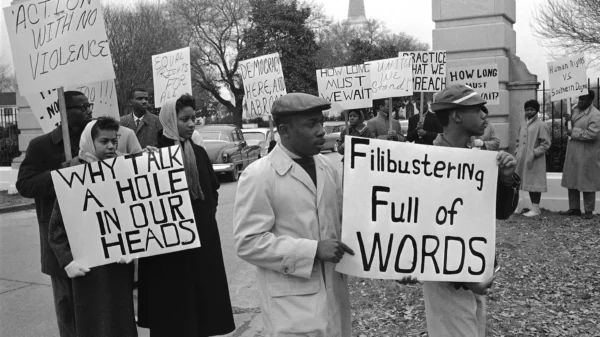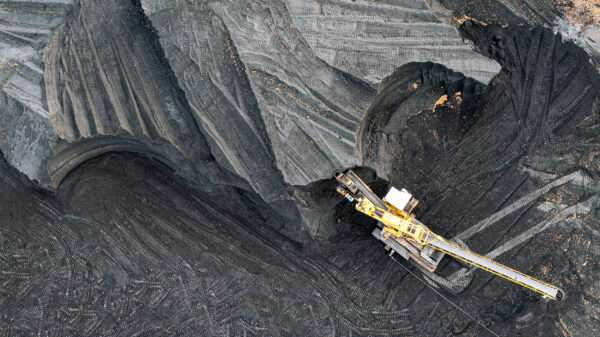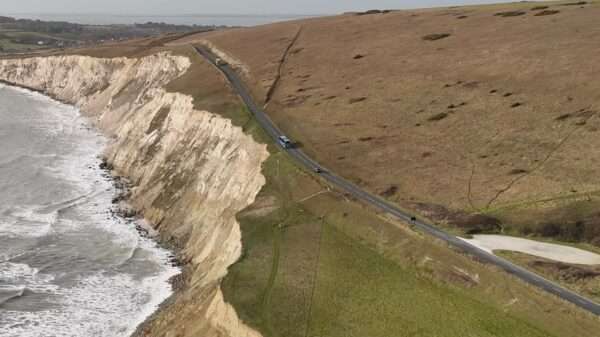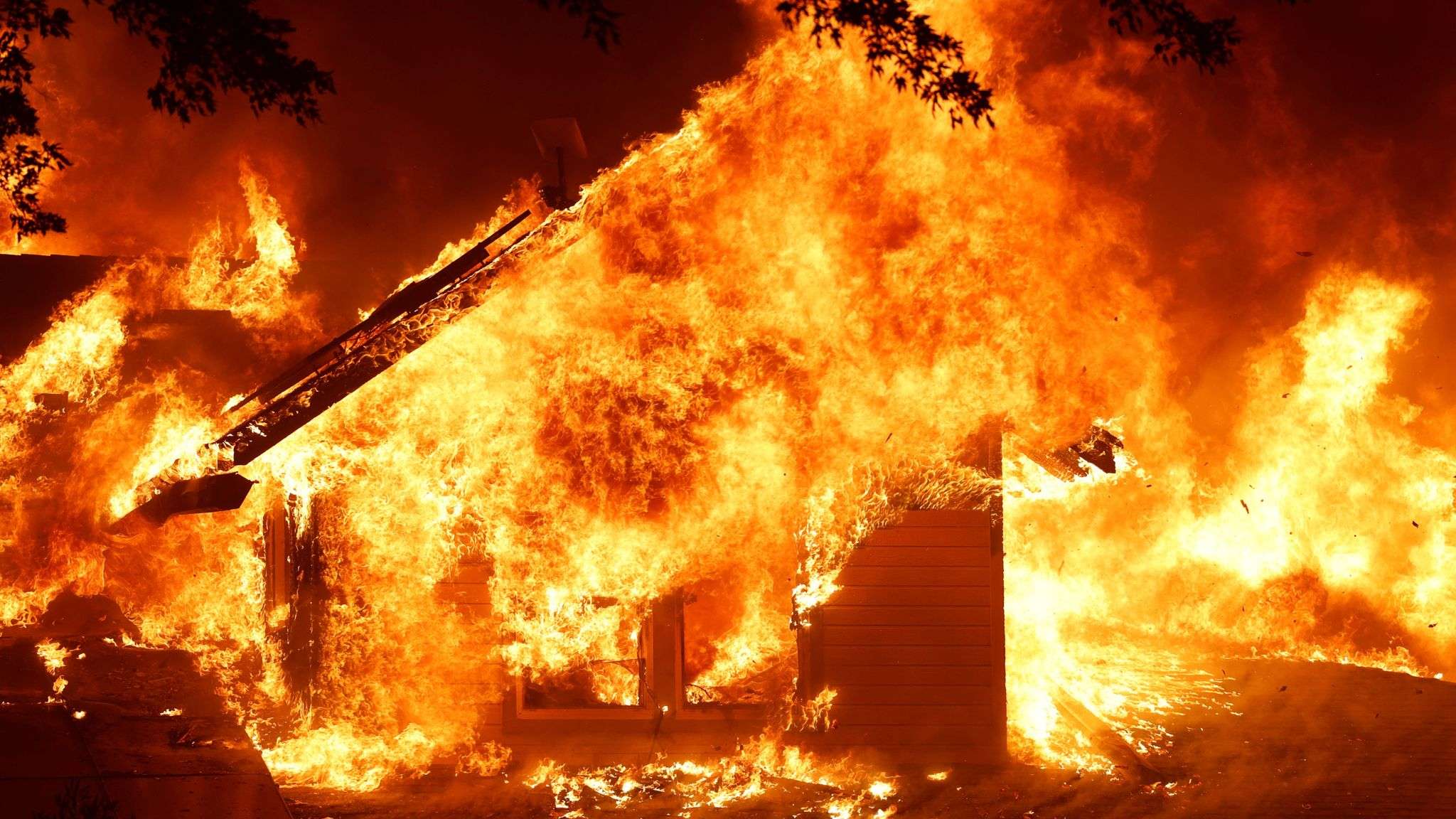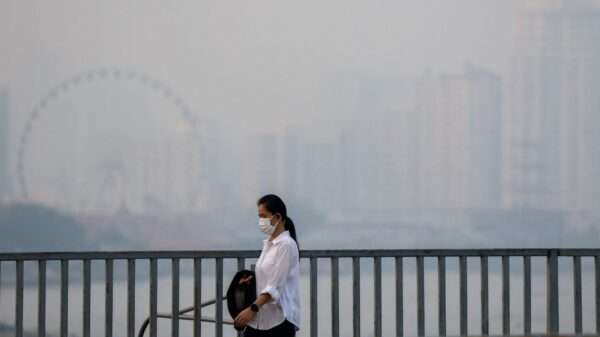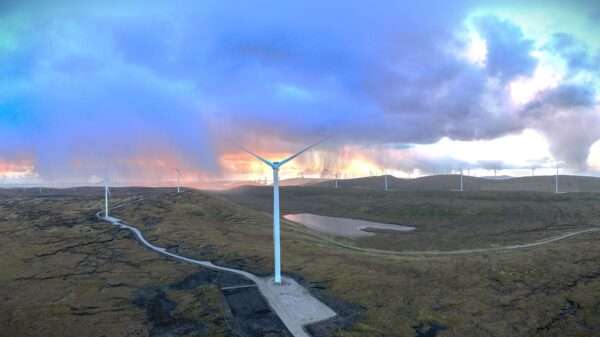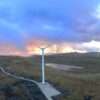Wildfires are once again wreaking havoc across parts of the United States and Canada, engulfing vast expanses of land and forcing thousands to flee their homes. The recent surge in fire activity has resulted in catastrophic damage, with some areas facing particularly severe impacts. One town has been described as being ravaged by a “wall of fire,” underscoring the extreme nature of these blazes.
The fires have been fueled by a combination of factors including prolonged dry conditions, high temperatures, and strong winds. This lethal mix has transformed what might have been manageable forest fires into uncontrollable infernos. In both countries, the fires have spread rapidly, consuming everything in their path and leading to widespread evacuations. Firefighters and emergency services have been stretched to their limits, battling the blazes day and night in an effort to contain them and protect lives and property.
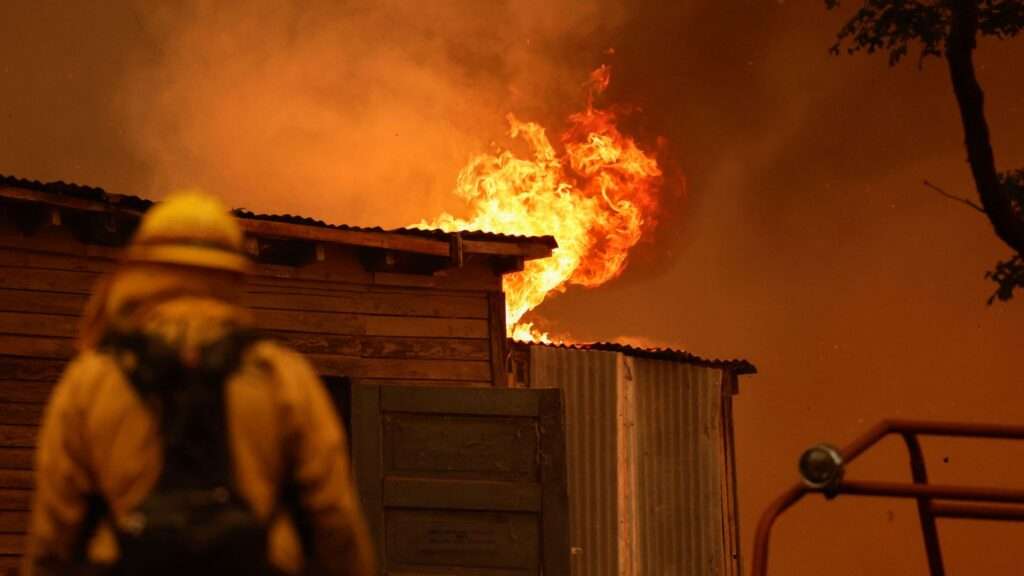
In one particularly harrowing incident, a town faced a direct onslaught from an advancing “wall of fire.” This term, often used to describe an intense and unbroken front of flames, highlights the ferocity and speed with which the fire advanced. Residents were forced to evacuate immediately, with many leaving behind all their possessions. The rapid spread of the fire caught many off guard, illustrating the unpredictable and dangerous nature of these natural disasters. Emergency services were quick to respond, but the scale and intensity of the blaze presented significant challenges.
The impact on communities has been devastating. Homes have been destroyed, and infrastructure severely damaged. In addition to the immediate physical dangers, there are long-term health concerns due to the smoke and air quality issues. The dense smoke has affected large areas, even those not directly threatened by the flames, creating hazardous conditions for millions. Authorities have been urging people to stay indoors and limit physical activity as much as possible.
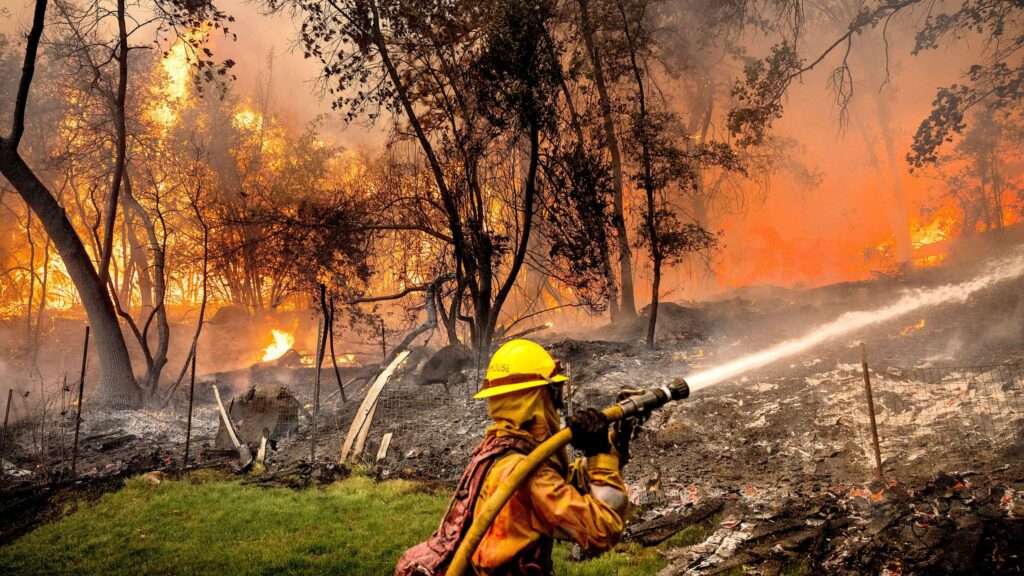
These fires are part of a broader trend of increasing wildfire activity in recent years, a phenomenon that many experts attribute to climate change. Higher temperatures and altered precipitation patterns have created more favorable conditions for wildfires, making them more frequent and severe. This year’s fires have once again underscored the need for better preparedness and mitigation strategies, both in terms of managing forested areas and in urban planning.
In response to the crisis, local and national governments have mobilized resources to assist affected communities. Evacuation centers have been set up, providing shelter and support for those displaced. Firefighting efforts are being bolstered by additional personnel and equipment, including air tankers and helicopters. Nonetheless, the scale of the fires has made containment a daunting task, and it is likely that some fires will continue to burn for weeks or even months.
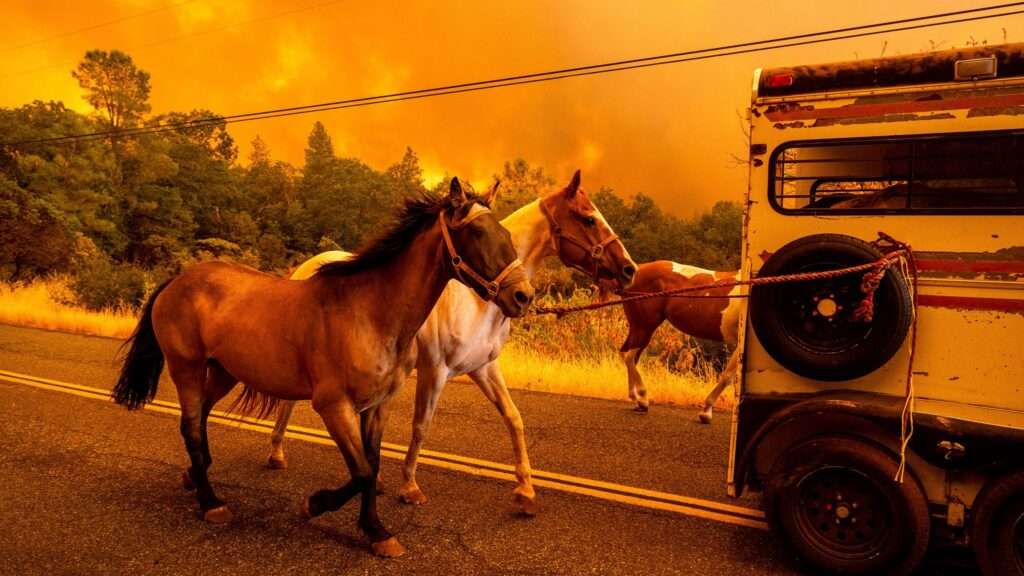
The human toll of these disasters cannot be overstated. For the residents of the town struck by the “wall of fire,” and for many others, the road to recovery will be long and challenging. The emotional and psychological impacts of losing homes and facing such a life-threatening situation can be profound. Communities are rallying to support one another, with volunteers and local organizations stepping in to provide aid.
As the fires continue to burn, the focus remains on safety and containment. However, the broader questions raised by these events—about climate resilience, emergency preparedness, and the role of human activity in exacerbating natural disasters—remain pressing. The need for a concerted and comprehensive approach to wildfire management and climate adaptation is more urgent than ever.











